The Volvo Chronicle
Page 12
By Christoph Büch (Berlin 2024)
From 2013, the FL series covered the weight range from 12 to 18 tons. Now Volvo dropped the Deutz-derived engines in favour of their own with outputs from 245 to 295 hp. The subsequent FE series with up to 336 hp was designed for light trailer operation but was also used as a 6x2. Both series had the cab supplied by Renault with a new appearance adapted from the larger series. Partly with the same chassis and engines as earlyer models, the FM and FH series followed. In the FM, an 11- and a 13-liter six-cylinder engine with outputs from 320 to 500 hp were offered; in the FH, the engine range began with the 13-liter engine and then extended to the 16-liter unit with outputs from 420 to 750 hp. The FH 16 was Europe's most powerful truck with 750 hp and 3,550 Nm of torque. With the FMX series, construction site vehicles were also part of the Volvo product range.
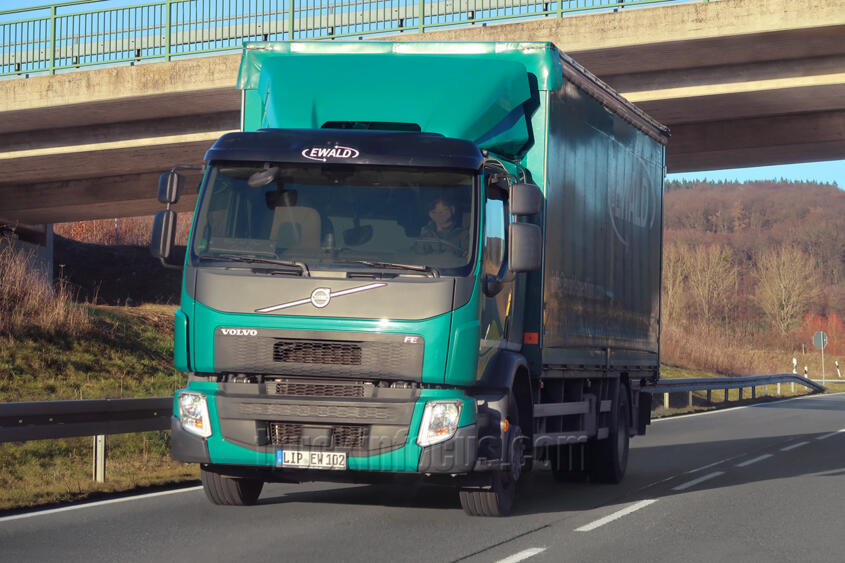
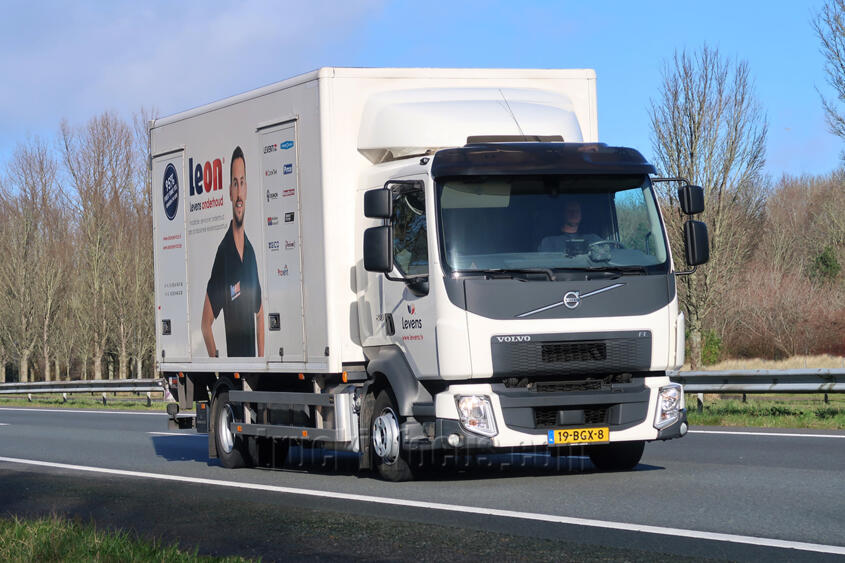
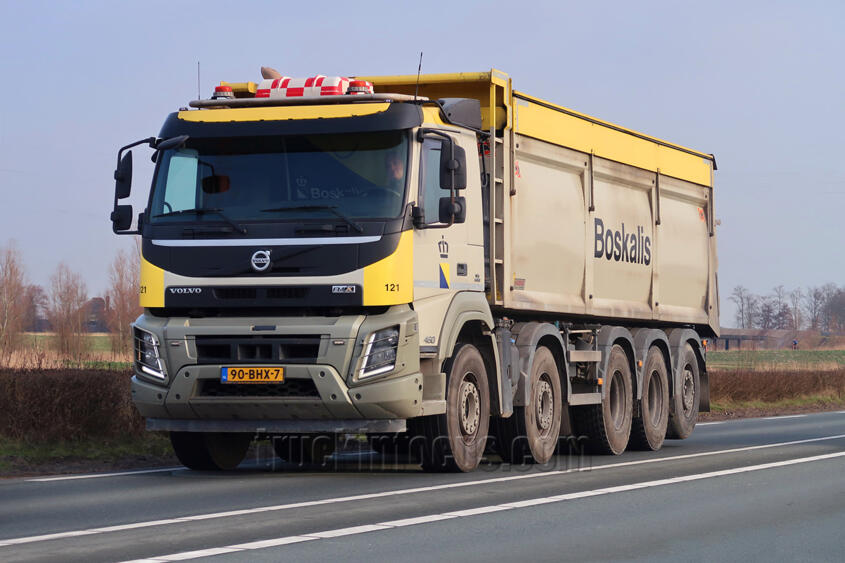
In 2015, Volvo took a 45 percent stake in Chinese manufacturer Dongfeng. This gave Volvo Trucks a share in the annual production of 190,000 Chinese vehicles. In addition, there were 35,000 from the Indian cooperation with Eicher. Volvo's own brands Volvo, Renault, Mack and UD Trucks (formerly Nissan Diesel) produced 200,000 units above six tons gross vehicle weight, still holding second place worldwide behind Mercedes-Benz.
In the spring of 2020, there were further innovations in the FH, FH 16, FM and FMX series. The FM and FMX received entirely new cabs with vertical windshields based on the FH design. All new models are externally recognizable not only by the modified grille, but above all by the V-shaped LED headlights. As an option, they feature adaptive high beam, which enables permanent driving without dimming. The system uses both radar and a camera to detect and locate other vehicles. Each headlight unit has four reflectors and 12 LED units that the adaptive high beam can switch on and off individually to adapt the beam to the situation. It also detects vehicles ahead and automatically dims the light in that direction.
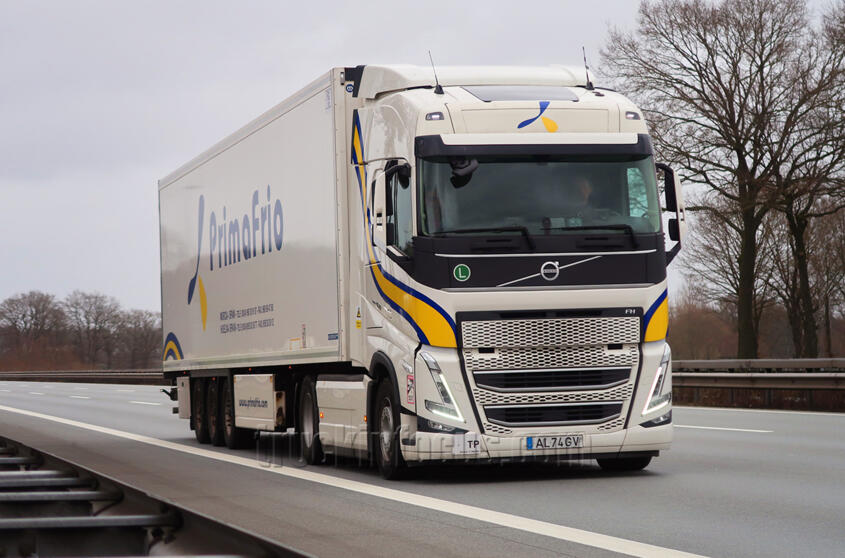
The 2020 version of the FH 16 with 750 hp shines with a redesigned radiator grille. The contours match those of its predecessor, but the radiator grille has tidier-looking openings and the so-called waterfall design of the grille sets the flagship apart from the less powerful models.
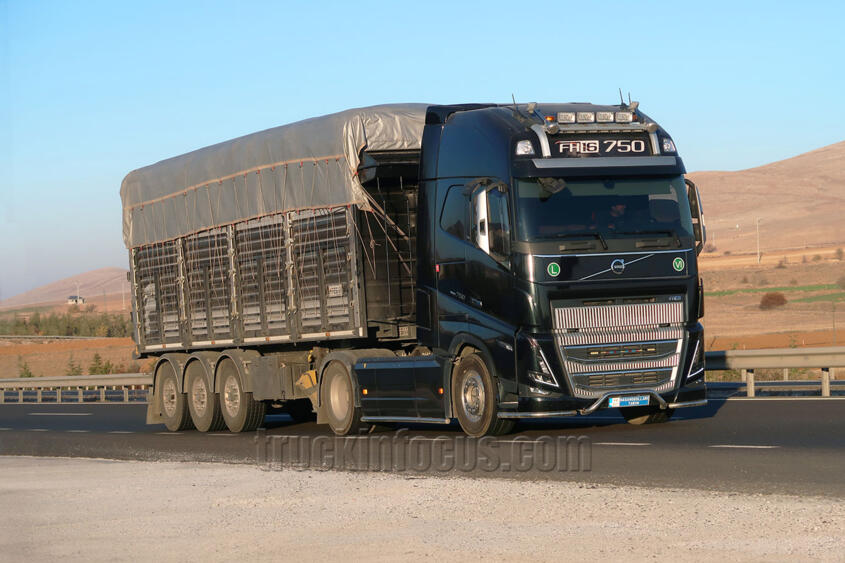
An exterior camera on the co-driver's side is available as an option for the new model series. It transmits its images to a new multifunction display, minimizing the risk of accidents, for example with cyclists who might appear to the side of the vehicle. Behind the steering wheel, a twelve-inch monitor with various setting options replaces the previous individual displays. The EBS electronic braking system is now standard in all four model series. Added to this are a collision warning system with emergency braking function, the ESP electronic stability program and a revised adaptive cruise control system. In the FM and FMX series, the all-new cab with vertical A-pillars offers one cubic meter more interior space and improved outward visibility thanks to the lowered door line and new mirrors.